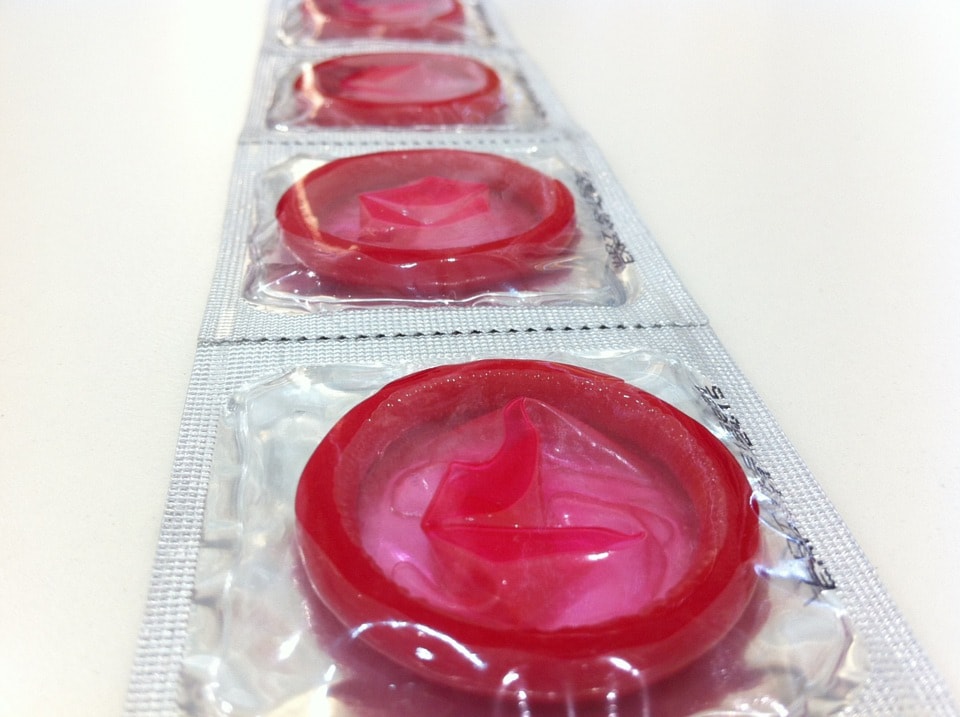The week from Feb. 10 to 14 was Nunavut's Sexual and Reproductive Health Awareness
Week.
This year's theme for this week was "Youth-friendly care: it's your right.
"Tavva, the National Inuit Sexual Health Strategy published by Pauktuutit Inuit Women of Canada in March 2017 layed out a strategy to help reduce STBBIs (Sexually Transmitt
and Bloodborne Infections).
"Before sustained contact with Europeans, and in particular, the Christian churches, Inuit attitudes toward sexuality were much more open and tolerant," Tavva, the National Inuit Sexual Health Strategy reads.
"Parents and grandparents shared information that children and youth needed to live well. Distinctions between sex and gender were recognized in traditional pre-contact Inuit life."
The introduction of European ideas of men being dominant and women being submissive brought Christianity's repressive views of sex according to the the National Inuit Health Strategy.
Contact also brought previously unknown STBBIs and other diseases to Inuit, including
epidemics such as syphilis and tuberculosis.
More alcohol becoming available to Inuit has also brought increased risk of Fetal Alcohol Spectrum Disorder (FASD), which "among Inuit is thought to contribute to impulsivity, risk taking and/or vulnerability to sexual coercion/violence."
In the strategy it also notes "victims of child sexual abuse, adult sexual violence and family violence may find it difficult to view sexuality in a positive light" and those who have experienced it may have trouble talking to their children about sexuality and relationships.
In the Government of Canada's 2017 Report on sexually transmitted infections in Canada, the rates of STBBIs such as gonorrhea, syphilis, chlamydia among others in Nunavut are some of the highest in Canada. The territory had a rate of 3,887.9 cases per 100,000, nearly twice that of the second highest (NWT, 1,942.9 per 100,000) and more than three times that of the third (Yukon, 757.0 per 100,000).
The Department of Health recommends people visit www.irespectmyself.ca for sexual health resources which are provided by the department.
One of the recommendations the site gives is to use condoms and dental dams while having sex for protection against STBBIs, as it gives "the best protection from STIs" with condoms providing some protection from unwanted pregnancies as well.
People can also visit the CheckUpProject Facebook page for posts and information on sexual health and testing.
